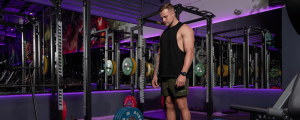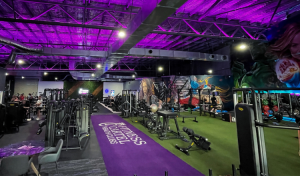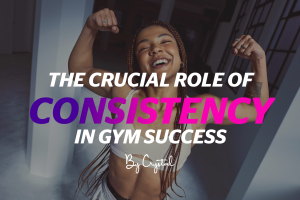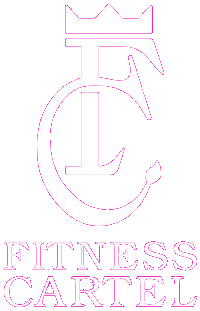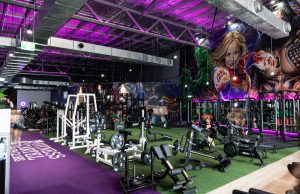
What is Progressive Overload?
Progressive Overload: The Key to Continuous Strength Gains If you’ve been going to the gym consistently but have stopped seeing results, you might be missing a crucial principle of strength training: progressive overload. Whether your goal is muscle growth, increased strength, or improved endurance, understanding and implementing progressive overload is



